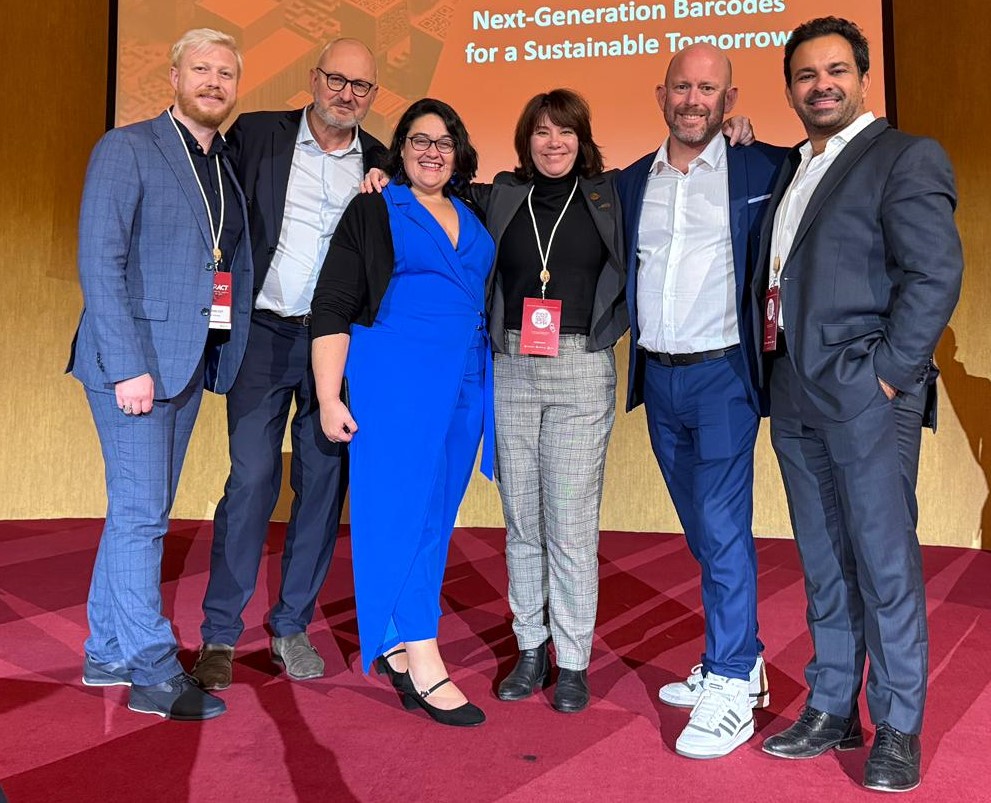
October brought the GS1 community together from across Europe for the much-anticipated Regional Forum! This year, Austria rolled out a warm welcome for three action-packed days featuring over 45 dynamic sessions, the exciting debut of a new presentation style, Pecha Kucha, and an impressive turnout of 602 GS1 colleagues, with 380 attending in person and 218 joining online from 57 different countries.
A special word of gratitude to the GS1 Austria team for the way they welcomed us over the three days and helped us to organise an event from which many good ideas and countless partnerships and collaborations emerged, all of which will undoubtedly help to take GS1 further and higher as a united bloc, setting the standards for the paths of the future.
In the five plenary sessions during the week, we covered a variety of engaging topics related to the GS1 system, featuring insights from a diverse group of industry speakers. Below are brief summaries of each session.
OPENING PLENARY: SETTING THE COURSE – GS1 IN EUROPE’S STRATEGIC VISION AND OBJECTIVES
In the opening plenary session, GS1 in Europe Chair Jan Somers kicked off by revealing the priorities and plans for 2025, emphasising 4 key ambitions: to support the industry in the transition to the circular economy; to help companies make the shift to next generation barcodes; to be a trusted partner for the industry; and to maintain a robust collaboration platform.
Then, the rest of the GS1 in Europe leadership – Elif Müftüoglu and Gregor Herzog – spoke about the pillars that guide GS1’s action: Circular Economy, Traceability and Transparency, Data.
In this plenary session we also heard from industry. Alexander Weissmann, EMA Lead Sustainable Supply Chain at KPMG, spoke about sustainable supply chains and helped us understand how, in a global trade model, we can navigate through global requirements.
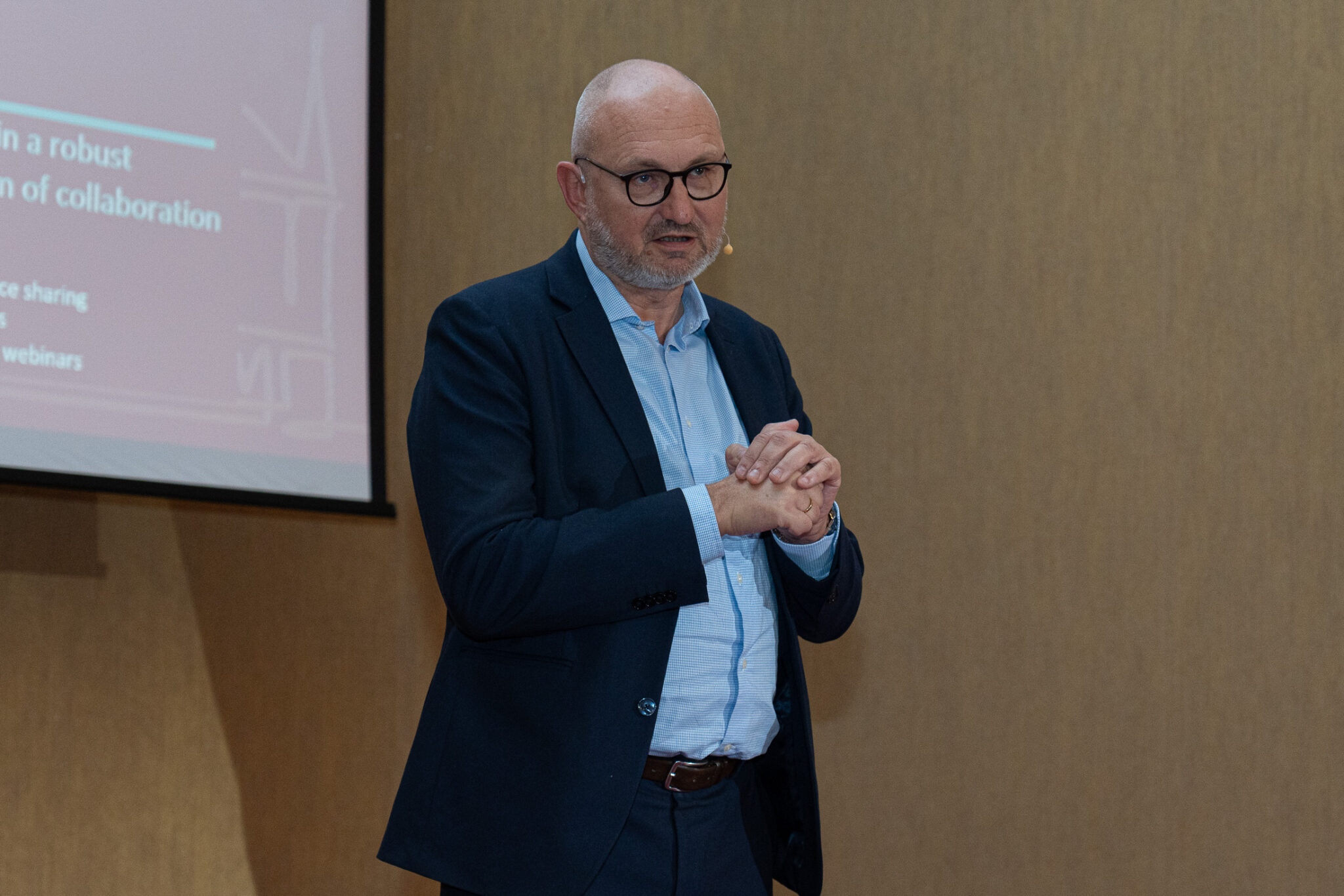
Lars Christian Fredenlund, CEO of CoBuilder, joined us to talk about how GS1 can help the construction sector, which is a great business opportunity for GS1 because it is a very large market in which the DPP can play a crucial role and help solve many problems in this industry.
The Managing Director at Digi-Cycle, Felix Badura, discussed recycling and the difficulties of putting the right data on packaging labels, particularly recycling instructions, since there are different systems between countries and sometimes within the same country. That’s where the GS1 standards come in, making the whole recycling process simpler.
EXPLORING THE IMPACT OF QR CODES POWERED BY GS1 – INDUSTRY SUCCESS STORIES
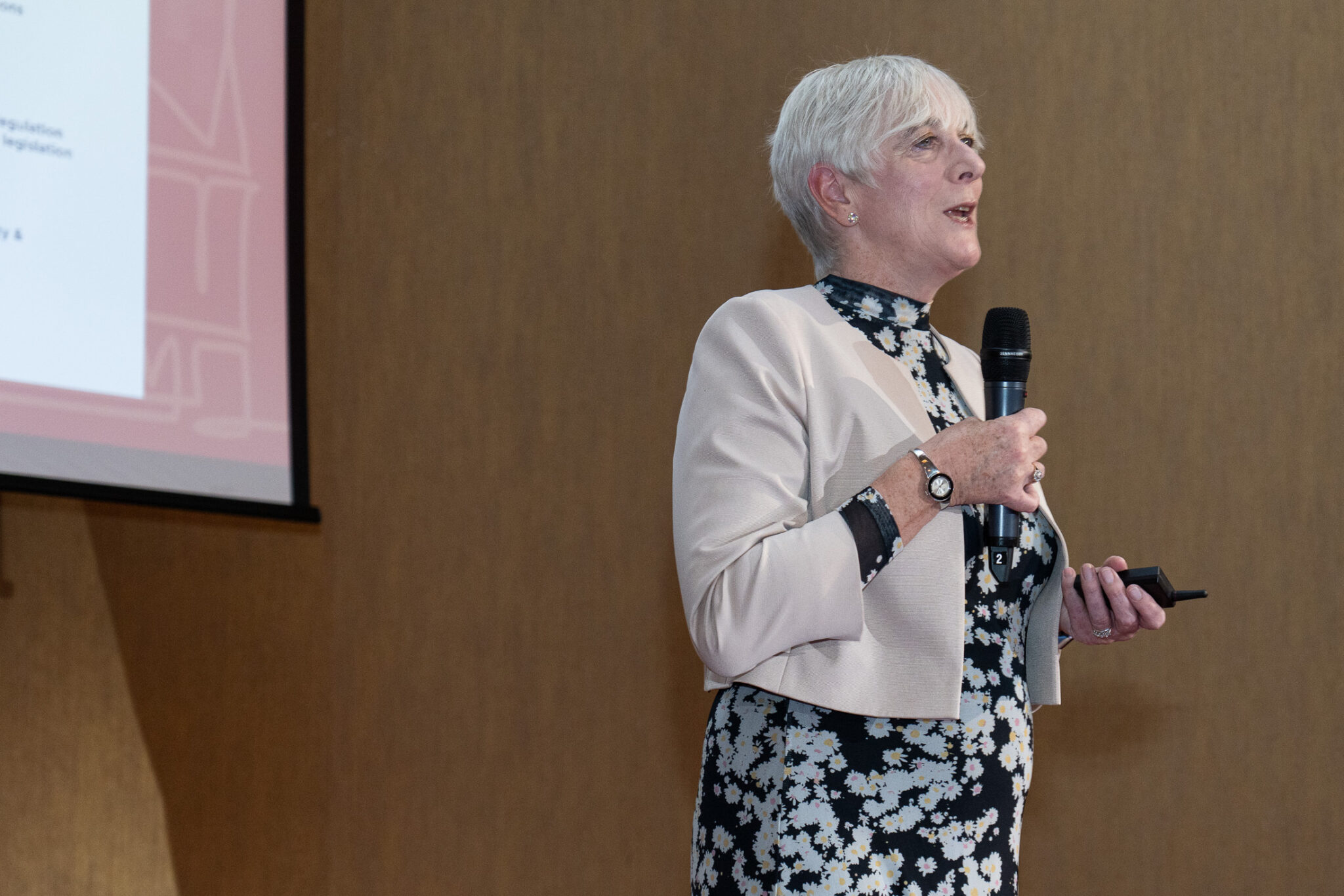
Next generation barcodes are already a reality. In this session, we learnt about some examples of implementation and usage of this system from those who have already implemented it.
But first, Francesca Poggiali, addressed the side of the regulators, their great complexity, and how GS1 is connecting with them.
On the industry side, we heard the case of Bottlebooks, with Thomas Ungrad, Sales Manager, and Bernhard Gschwantner, Lead Software Architect, in this product management software company specialised in wine, a sector where new products are appearing at a dizzying rhythm and where GS1 standards are important for managing the huge amount of data.
Elena Ortega from GS1 Spain shared the experience of Mercadona, the largest supermarket chain in Spain, with more than 1600 shops and 100,000 employees, which carried out a project to implement 2D barcodes and which has optimised in-store scanning processes.
Caspar Thykier, Co-Founder and CEO at Zappar and Darren Tan, Product Specialist at Zapvision, focussed their presentation on people with little or no vision, who are unable to access product information. Zappar shared how it has developed a scanning solution that is easy for brands to adopt, starting with a digital link.
AI-MAZING!
This session was organised by Senne Van der Bergh, IT Director at GS1 Belgium & Luxemburg, who focused on how we can use AI at GS1 in various ways.
The session began with a lecture by Vincent Nys, Head of Ai & Innovation at Keyrus, who presented the origins and basics of how this mechanism works, how it can create something new, and not just synthesise information. And he left us with a phrase to reflect on: AI is only as good as the data we put into it.
We then had presentations from four MOs. GS1 Germany spoke about governance in AI. GS1 France focussed on the uses of AI in Marketing. GS1 Switzerland presented a GPC prediction tool. GS1 Belgium & Luxembourg presented its multimodal model.
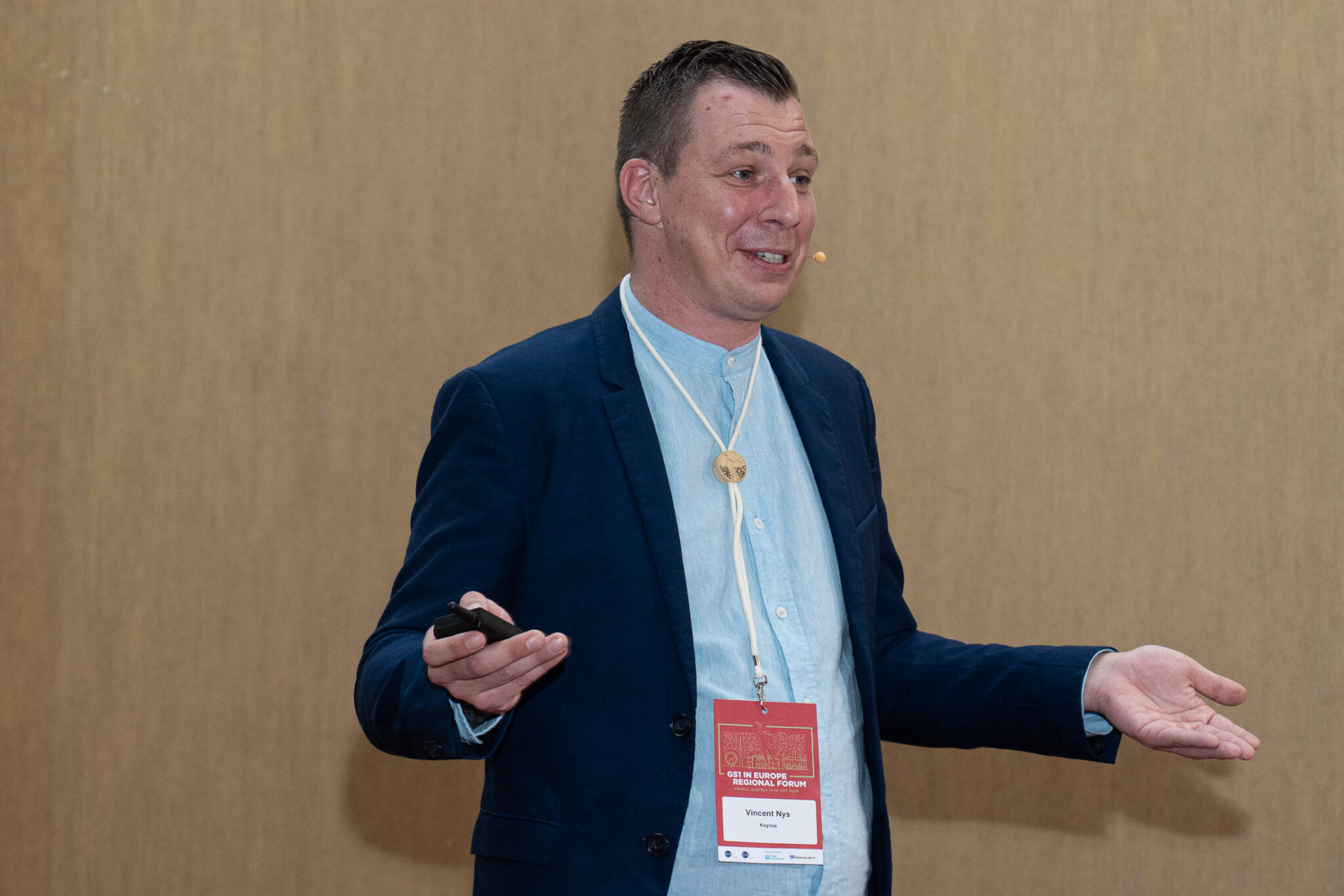
PLENARY BY GS1 GLOBAL OFFICE

In this session, we heard about the vision and value growth strategy for the period 2025-2030. Renaud de Barbuat, CEO of Global Office, explained that the focus is on accelerating business value creation for the industries we serve, while securing GS1’s relevance and capabilities and establishing a viable business model for GS1. At the very centre of all this is Trust.
For the second part of the session, Renaud de Barbuat provided conversation moments with members of the Global Office and from Europe to discuss the main pillars: Vision (with Stephanie van Rossum and Jan Somers), Opportunities (with Robert Beideman and Didier Veloso) and Transformation of GS1 (Romanie Dendooven and Elzbieta Halas).
CLOSING PLENARY: GS1 IN EUROPE’S JOURNEY TOWARDS SUSTAINABILITY AND CIRCULARITY
At the last session of the week, we listened to testimonies from industry.
Rembrandt Koppelaar, Director of Research and Innovation at Eco-Wise, has spent the last three years working on a project called Circ Thread – involving more than 30 organisations – to understand how we can build a product information management system for the Circular Economy throughout the product life cycle.
Anna Zießow, Co-Founder and Chief Product Officer at Recyda, presented her company, which has developed Software for Packaging Sustainability Management, which assesses costs and sustainability criteria through automated data flows.
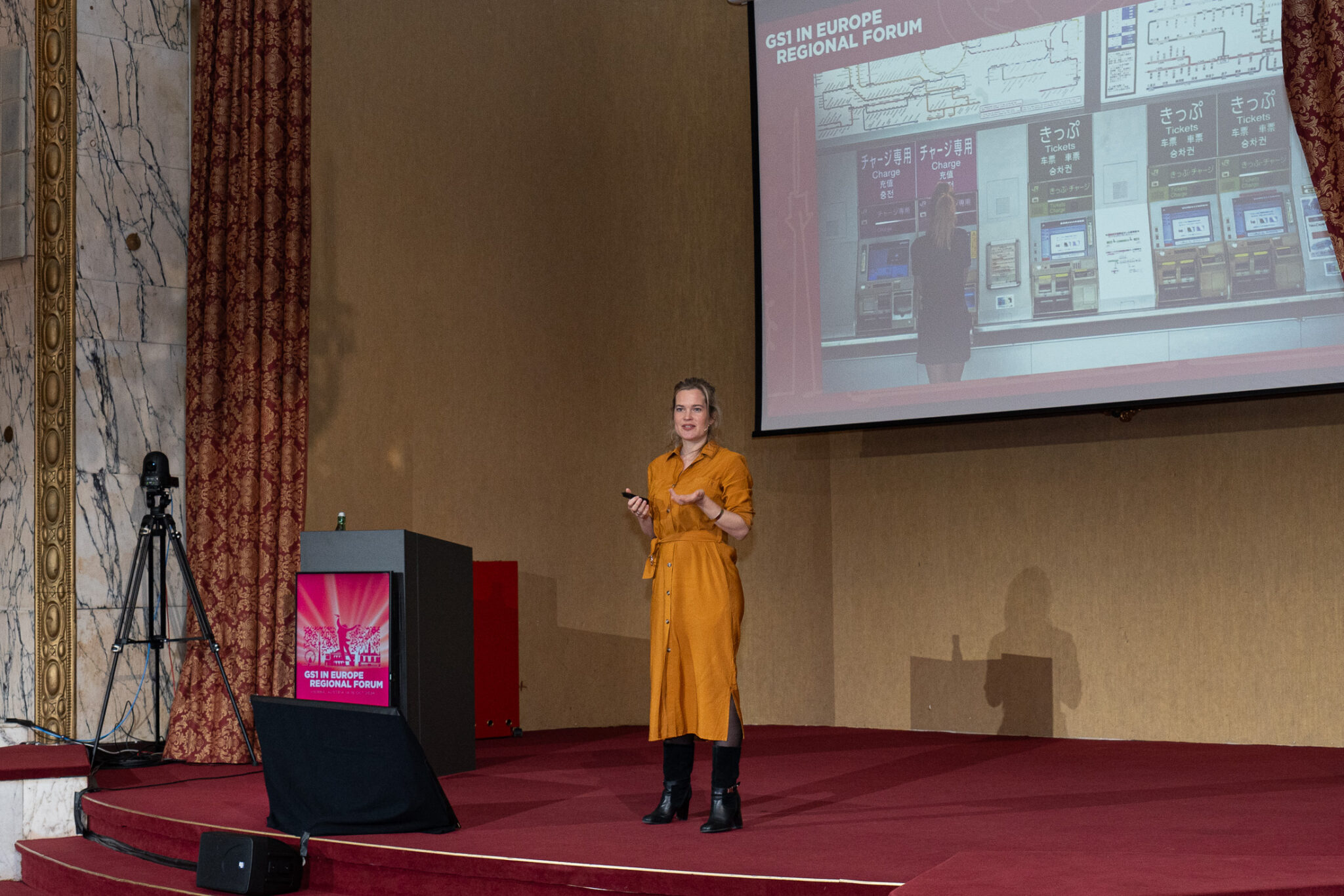
Valérie de Jongh – Director of Data Integrity, Traceability, Packaging, Product Compliance at PVH – began by talking about the differences in railway systems, to explain about integration in the fashion world: clothing has many raw materials, production is dispersed. That’s why fashion is one of the first sectors to be able to use and benefit from the Digital Product Passport.
Are you a GS1 employee? Please log in using your GS1 email to access all event recordings, presentations, and photographs.
This article has additional content for GS1 staff only. To access it, you must be logged in with your GS1 account.
